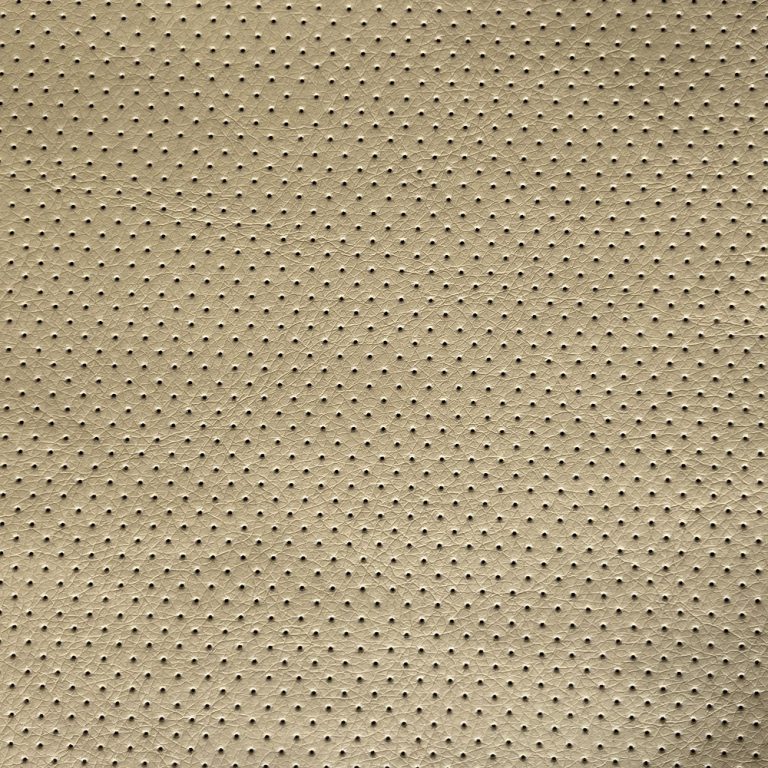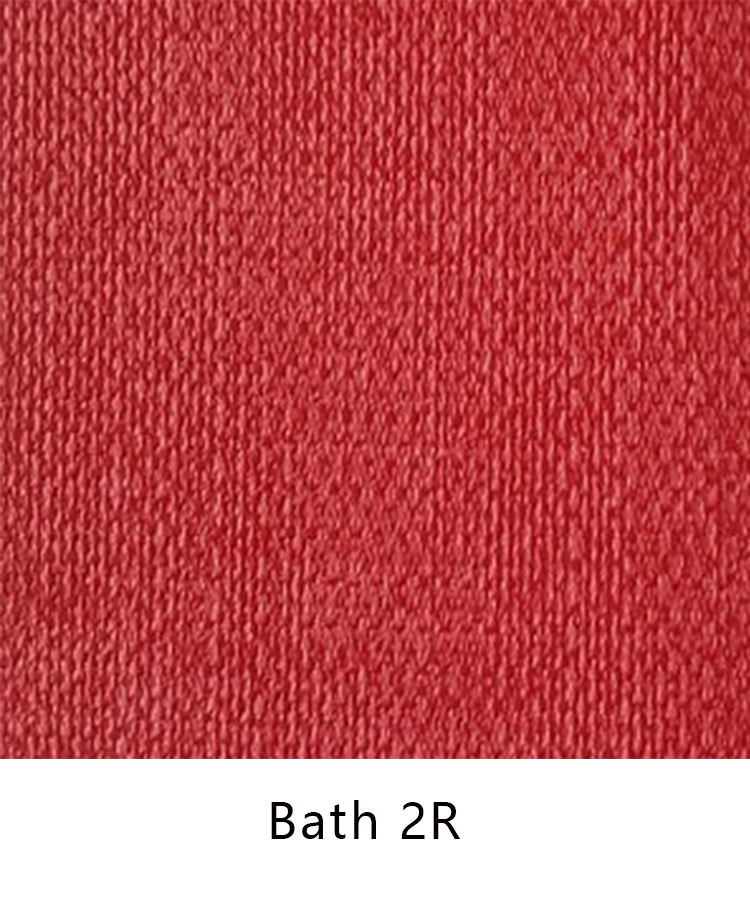Table of Contents
Benefits of Using Leather for Footwear Uppers
Leather has been a popular choice for footwear uppers for centuries, and for good reason. There are many benefits to using leather as the primary material for the upper part of shoes, boots, and sandals. In this article, we will explore some of the advantages of using leather for footwear uppers.
One of the main benefits of using leather for footwear uppers is its durability. Leather is a strong and resilient material that can withstand a great deal of wear and tear. This makes it an ideal choice for shoes that are meant to be worn regularly and for long periods of time. Leather shoes are less likely to tear or develop holes, and they can last for many years with proper care.
In addition to being durable, leather is also a breathable material. This means that it allows air to circulate around the foot, helping to keep it cool and dry. This can help to prevent the development of foot odor and fungal infections, as well as reduce the risk of blisters and other foot problems. Leather shoes are also less likely to cause sweating and discomfort, making them a more comfortable option for everyday wear.
Another benefit of using leather for footwear uppers is its flexibility. Leather is a soft and pliable material that molds to the shape of the foot over time, providing a custom fit for the wearer. This can help to reduce pressure points and discomfort, as well as improve overall comfort and support. Leather shoes are also less likely to cause rubbing and chafing, making them a more comfortable option for people with sensitive skin or foot conditions.
Leather is also a stylish material that can add a touch of sophistication and elegance to any outfit. Leather shoes are versatile and can be dressed up or down, making them a versatile option for a wide range of occasions. Leather is also a timeless material that never goes out of style, making it a smart investment for anyone looking to build a wardrobe of classic and enduring pieces.
In addition to its durability, breathability, flexibility, and style, leather is also a sustainable and environmentally friendly material. Leather is a natural material that is biodegradable and renewable, making it a more eco-friendly option than synthetic materials. Leather shoes are also easy to repair and maintain, reducing the need for frequent replacements and helping to reduce waste.
Overall, there are many benefits to using leather for footwear uppers. Leather is a durable, breathable, flexible, stylish, and sustainable material that can provide comfort, support, and style for years to come. Whether you are looking for a classic pair of dress shoes, a sturdy pair of work boots, or a comfortable pair of sandals, leather is a smart choice for footwear that looks good and feels great.
Sustainability of Recycled Materials in Footwear Design
In recent years, there has been a growing trend towards sustainability in the fashion industry, with many brands and designers looking for ways to reduce their environmental impact. One area that has seen significant innovation is the use of recycled materials in footwear design, particularly in the creation of upper materials. The upper material of a shoe is the part that covers the top of the foot and is responsible for providing support and protection. Traditionally, upper materials have been made from a variety of materials, including leather, synthetic fabrics, and plastics. However, with the rise of sustainable fashion, designers are increasingly turning to recycled materials as a more eco-friendly alternative.
One of the most popular recycled materials used in footwear design is recycled plastic. Plastic waste is a major environmental issue, with millions of tons of plastic ending up in landfills and oceans every year. By using recycled plastic in the production of footwear, designers can help reduce the amount of plastic waste that ends up in the environment. Recycled plastic can be used to create a wide range of upper materials, from lightweight mesh fabrics to durable synthetic leathers. These materials are not only environmentally friendly but also offer the same level of performance and durability as traditional materials.
Another sustainable option for footwear upper materials is recycled rubber. Rubber is a common material used in the soles of shoes, but it can also be recycled and repurposed for use in the upper. Recycled rubber upper materials are not only eco-friendly but also offer excellent durability and flexibility. They are particularly well-suited for athletic and outdoor footwear, where durability and performance are key.

In addition to recycled plastics and rubber, designers are also exploring other innovative materials for footwear upper design. For example, some brands are using recycled textiles, such as old denim or cotton, to create unique and sustainable upper materials. These materials not only help reduce waste but also add a distinctive look and feel to the shoes. Other designers are experimenting with natural materials, such as cork or bamboo, which are renewable and biodegradable.
Overall, the use of recycled materials in footwear design offers a number of benefits. Not only does it help reduce waste and minimize the environmental impact of production, but it also allows designers to create unique and innovative products. By using recycled materials in the creation of upper materials, designers can help promote sustainability in the fashion industry and inspire consumers to make more eco-friendly choices.
In conclusion, the sustainability of recycled materials in footwear design is an important trend that is gaining momentum in the fashion industry. By using recycled plastics, rubber, textiles, and other innovative materials in the creation of upper materials, designers can create stylish and eco-friendly footwear that appeals to environmentally conscious consumers. As the demand for sustainable fashion continues to grow, we can expect to see even more creative uses of recycled materials in footwear design in the future.
Performance Advantages of Synthetic Materials in Athletic Shoes
Athletic shoes have come a long way in terms of design and technology, with one of the key components being the upper material. The upper material of a shoe plays a crucial role in providing support, stability, and comfort to the wearer. In recent years, synthetic materials have become increasingly popular in the production of athletic shoes due to their performance advantages over traditional materials like leather and canvas.

One of the main advantages of using synthetic materials in athletic shoes is their durability. Synthetic materials are often more resistant to wear and tear than natural materials, making them ideal for high-intensity activities like running, jumping, and cutting. This durability ensures that the shoe will last longer and maintain its shape and support over time, even with frequent use.
Another key advantage of synthetic materials is their ability to provide a more customized fit. Many synthetic materials are designed to be lightweight and flexible, allowing the shoe to mold to the shape of the wearer’s foot for a snug and comfortable fit. This personalized fit can help improve performance and reduce the risk of injuries by providing better support and stability during physical activity.
Synthetic materials also offer superior breathability compared to natural materials like leather. Many synthetic materials are engineered to wick away moisture and allow air to circulate, keeping the foot cool and dry during exercise. This can help prevent blisters, chafing, and other discomforts that can arise from sweaty feet, especially during long workouts or in hot weather.
| Product | Application Scenarios |
| Shoe Upper | Shoes |
In addition to their durability, customized fit, and breathability, synthetic materials also offer a wider range of design options for athletic shoe manufacturers. Synthetic materials can be easily dyed and printed with patterns and colors, allowing for more creative and eye-catching shoe designs. This versatility in design can help athletes express their personal style and stand out on the field or court.
Furthermore, synthetic materials are often more environmentally friendly than natural materials like leather. Many synthetic materials are made from recycled or sustainable sources, reducing the carbon footprint of the shoe manufacturing process. This eco-friendly approach can appeal to environmentally conscious consumers who want to make a positive impact on the planet through their purchasing decisions.
Overall, the performance advantages of synthetic materials in athletic shoes make them a popular choice for athletes and fitness enthusiasts looking for durable, comfortable, and stylish footwear. From their durability and customized fit to their breathability and design versatility, synthetic materials offer a range of benefits that can enhance the overall performance and comfort of athletic shoes. As technology continues to advance, we can expect to see even more innovative synthetic materials being used in the production of athletic footwear, further improving the performance and experience of athletes around the world.







